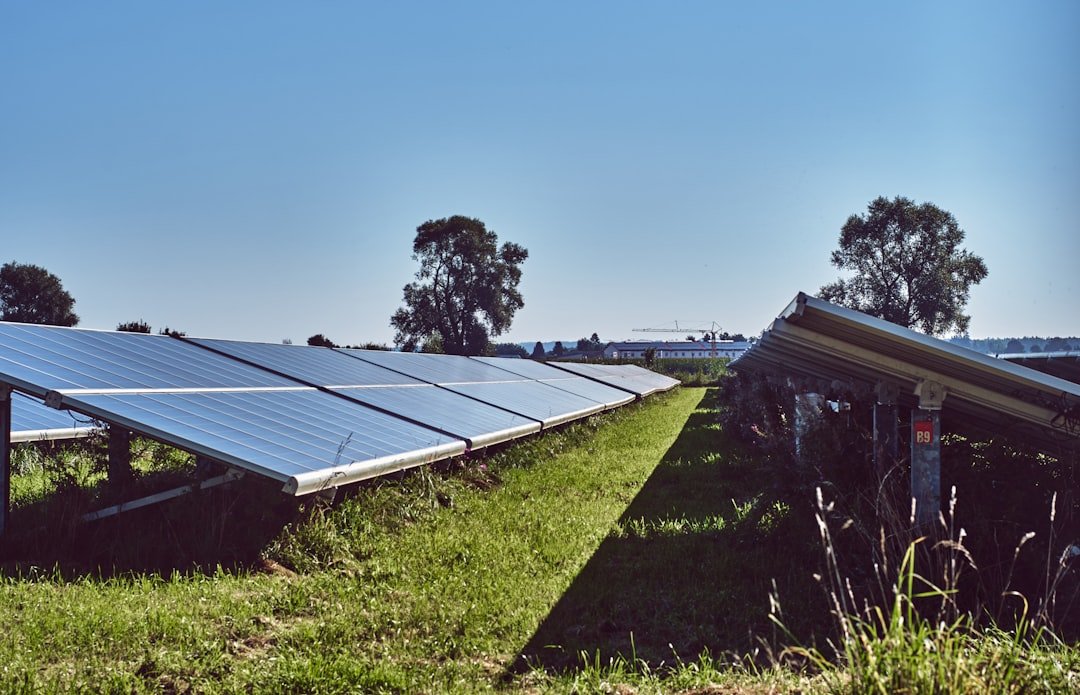A Complete Guide to Kansas City’s Air Pollution The air quality in Kansas City, a thriving metropolis that sits on the border between Missouri and Kansas, is severely affected. The city has experienced varying degrees of air pollution over the years, which have alarmed both locals & environmental activists. Kansas City has seen times of higher levels of ozone and particulate matter (PM2.5), especially during the warmer months, according to recent data from the Environmental Protection Agency (EPA).
Key Takeaways
- Air pollution in Kansas City is a significant issue, with high levels of pollutants such as ozone and particulate matter impacting the city’s air quality.
- The causes of air pollution in Kansas City include vehicle emissions, industrial activities, and power plant emissions, as well as natural sources such as wildfires and dust storms.
- Air pollution in Kansas City has a detrimental impact on public health, contributing to respiratory diseases, cardiovascular problems, and other health issues.
- Efforts to address air pollution in Kansas City include the implementation of emission reduction programs, the promotion of clean energy initiatives, and the development of sustainable transportation options.
- Government and policy play a crucial role in addressing air pollution in Kansas City through the implementation of regulations, enforcement of air quality standards, and support for clean air initiatives.
These pollutants can come from a variety of sources, such as industrial processes, vehicle emissions, and even natural occurrences like wildfires. Kansas City’s air quality index (AQI), which designates certain days as unhealthy for sensitive groups, frequently reflects these issues. Children, the elderly, & people with pre-existing medical conditions are among the vulnerable groups that are especially at risk. Because of the city’s climate and physical layout, pollutants may be trapped near the ground, making pollution levels worse.
Residents are therefore calling for stricter regulations to fight pollution as they become more conscious of the need for better air quality. Kansas City’s air pollution problem is caused by a number of factors. Vehicle traffic is one of the main offenders. The number of automobiles on the road has increased due to both urbanization and population growth.
More nitrogen oxides (NOx) and volatile organic compounds (VOCs), which are precursors to the formation of ground-level ozone, are released as a result of increased traffic. This problem is made worse by the city’s reliance on cars for transportation because there are still few options for public transit. The problem of air quality is also significantly influenced by industrial activity. Numerous refineries and manufacturing facilities that release pollutants into the atmosphere are located in Kansas City.
| Year | PM2.5 Level (µg/m³) | Ozone Level (ppm) |
|---|---|---|
| 2016 | 11.2 | 0.075 |
| 2017 | 10.8 | 0.071 |
| 2018 | 12.5 | 0.078 |
| 2019 | 13.7 | 0.082 |
| 2020 | 14.3 | 0.085 |
These emissions can include particulate matter and sulfur dioxide (SO2), which are linked to respiratory problems and smog. The issue may be exacerbated by nearby agricultural activities that emit ammonia & other pollutants into the atmosphere. Efforts to improve air quality are hampered by the intricate web of pollution created by these sources’ interaction.
Beyond just environmental issues, air pollution has major negative effects on Kansas City’s public health. Research has demonstrated that exposure to high air pollution levels can cause a number of health problems, such as heart problems, respiratory disorders, and even early death. Due to their developing lungs’ increased vulnerability to pollutants like ozone and PM2.5, children are especially at risk. Also, air pollution has a significant financial impact on public health. The overall economy may be impacted & local resources may be strained by rising medical expenses related to treating illnesses brought on by pollution. Days with high pollution levels may see an increase in patients with respiratory disorders, such as asthma attacks, at hospitals and clinics, which could result in more ER visits and hospital stays.
In addition to having an impact on people’s health, this cycle puts a heavy burden on the healthcare system overall. Numerous programs have been started to address air pollution in Kansas City in response to the growing concerns about the quality of the city’s air. Regulations governing emissions from automobiles and industrial sources are becoming more stringent, according to local government organizations. The Kansas City Health Department, for example, has been keeping a close eye on the quality of the air & assisting businesses in lowering their emissions through incentives and voluntary programs.
Also, community organizations have been crucial in promoting cleaner air initiatives and increasing public awareness of air pollution. Campaigns to educate locals about the causes & consequences of air pollution have gained momentum. By lowering their carbon footprint & supporting laws that encourage sustainable practices, these initiatives inspire people to take action. In addition, collaborations between non-profits and local governments have produced tree-planting campaigns and community clean-up days with the goal of enhancing the quality of the air in cities.
The environment of Kansas City’s air quality management is greatly influenced by government policy. Local governments are required to comply with the EPA’s federal regulations, which set baseline standards for air quality. Nonetheless, by enacting stronger laws catered to the particular requirements of the community, state and local policies can strengthen these initiatives even more. Kansas City has made progress in implementing laws intended to lower emissions from transportation sources in recent years.
The right path is being taken by initiatives like increasing public transportation options and encouraging electric vehicles with tax breaks. Also, in an effort to lessen dependency on fossil fuels—which are major causes of air pollution—local authorities have started looking into renewable energy sources. Governmental organizations can make the environment healthier for citizens by giving clean energy projects and sustainable urban planning top priority. In Kansas City’s fight against air pollution, grassroots initiatives have become increasingly potent.
Coalitions have been formed by community members with the goal of promoting cleaner air regulations and increasing public awareness of environmental issues. These organizations frequently plan public forums, workshops, and seminars so locals can learn about issues with air quality and possible solutions. One noteworthy project is the “Clean Air Kansas City” campaign, which offers tools for lowering individual pollution contributions while attempting to get locals talking about air quality concerns. This campaign promotes eco-friendly behaviors like carpooling, taking public transit, or riding a bike rather than driving alone. These programs encourage a sense of collective responsibility for air quality, enabling locals to take initiative and push for structural reform.
Going forward, Kansas City’s air quality depends on ongoing cooperation between local government agencies, civic associations, and citizens. Stronger laws and programs targeted at enhancing air quality may be developed as public awareness of air pollution rises. Technology integration in monitoring initiatives can yield real-time pollution level data, enabling prompt action during high-risk times. A more sustainable future is also within Kansas City’s reach thanks to developments in clean energy technology. The city can lessen its reliance on fossil fuels and cut emissions overall by investing in renewable energy sources like wind and solar. Kansas City’s air quality is expected to improve significantly over time as more citizens adopt eco-friendly habits and push for reform.
Through their daily decisions & deeds, people in Kansas City play a critical role in combating air pollution. Residents can make a significant contribution by lowering their dependency on single-occupancy vehicles. Bicycling, walking, carpooling, & public transportation all greatly reduce emissions in addition to reducing traffic congestion.
Also, residents can help local efforts to improve air quality by taking part in tree-planting or community clean-up events. Getting involved with neighborhood environmental advocacy groups can help raise awareness of calls for clean air-focused policy changes. People can also educate themselves on sustainable practices, like conserving energy at home, and then impart this knowledge to others. In conclusion, even though Kansas City has a lot of air pollution issues, there is still hope for improvement if people & organizations work together and are dedicated to the cause.
Residents can help ensure a healthier future for their community by being aware of the causes & effects of air pollution & actively taking part in initiatives to reduce it.



